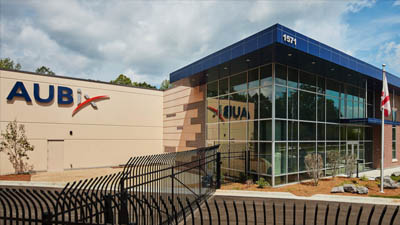 This blog post is part of a series called “CommScope Definitions” in which we will explain common terms in communications network infrastructure.
This blog post is part of a series called “CommScope Definitions” in which we will explain common terms in communications network infrastructure.
Imagine getting a new desk lamp for your home office. You are anxious to try it out, but instead of simply plugging it into a nearby power outlet, you have to run an extension cord all the way down to the basement to the breaker panel. And then you have to do the same thing for a new printer or any other device requiring power.
Early IT networks were connected much the same way – with patch cords − before structured cabling and its complementary standards were developed. Simply put, structured cabling is a cabling infrastructure that provides an organized, standardized approach to cabling that enables simple changes to an IT network.
In addition to fixed connection points, similar to the fixed power cabling that runs to power outlets, the structured cabling standards define a series of subsystems which facilitate design, installation, operations and maintenance of IT networks.
Each of the major cabling standards groups, namely ISO/IEC, TIA and CENELEC established standards for structured cabling in commercial offices, data centers, campuses and more. These standards help specify the types of cabling and components used in these environments, including:
Standardization of connectors, copper and fiber cabling performance categories and design guidelines have greatly simplified the planning and implementation of IT networks.
The structured cabling concept has become so successful that other non-IT applications, such as Building Automation Services, security and high definition audiovisual have also incorporated the same concept to ensure that end devices can be upgraded or changed out without having to change out the entire cabling infrastructure.
Things have come a long way since the structured cabling solutions started to take hold in the places we work and live, but their benefits through standardization have made them an integral part of our work and society.
Related Resources
Shaping Smart Change in the Data Centre











